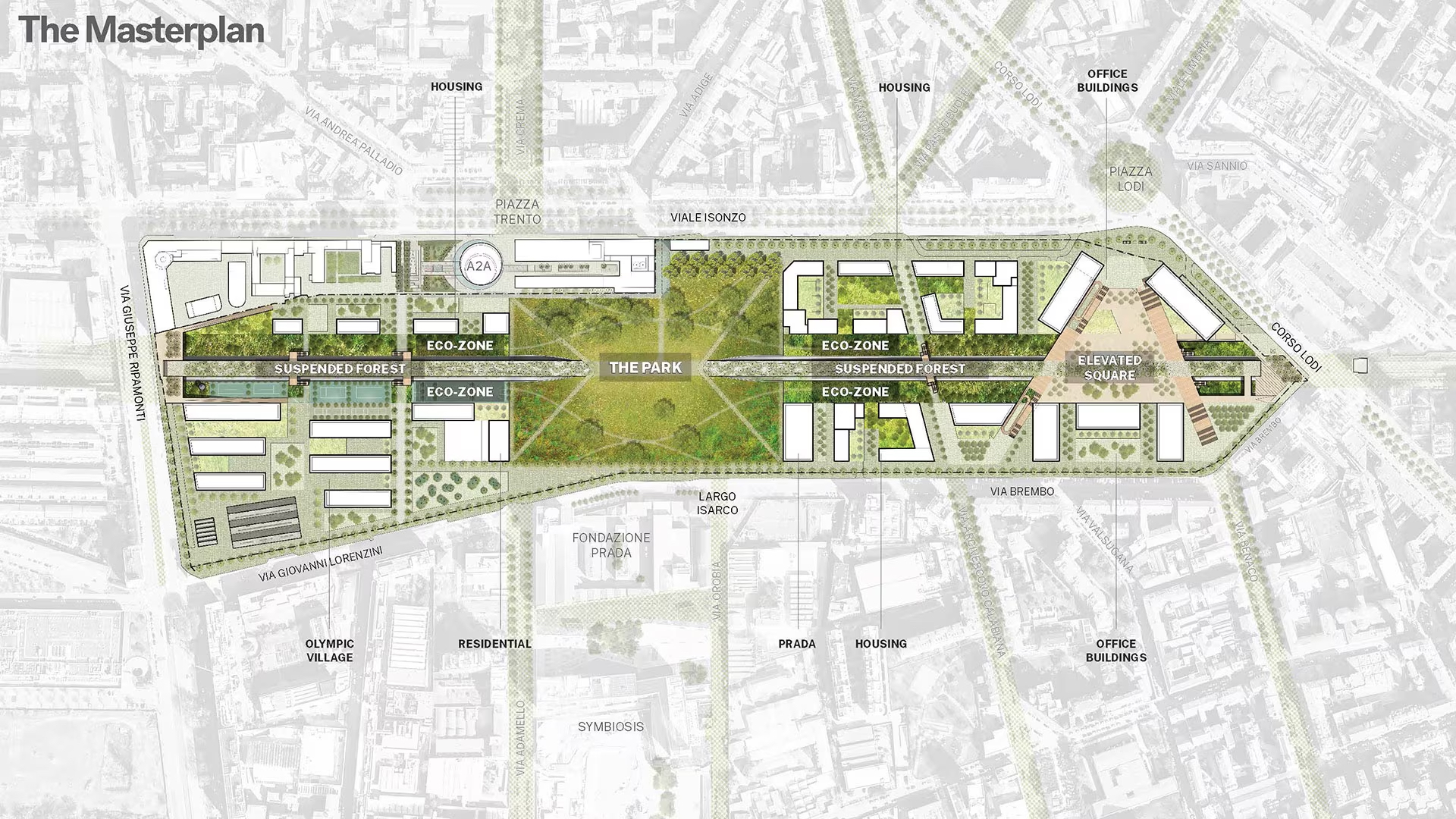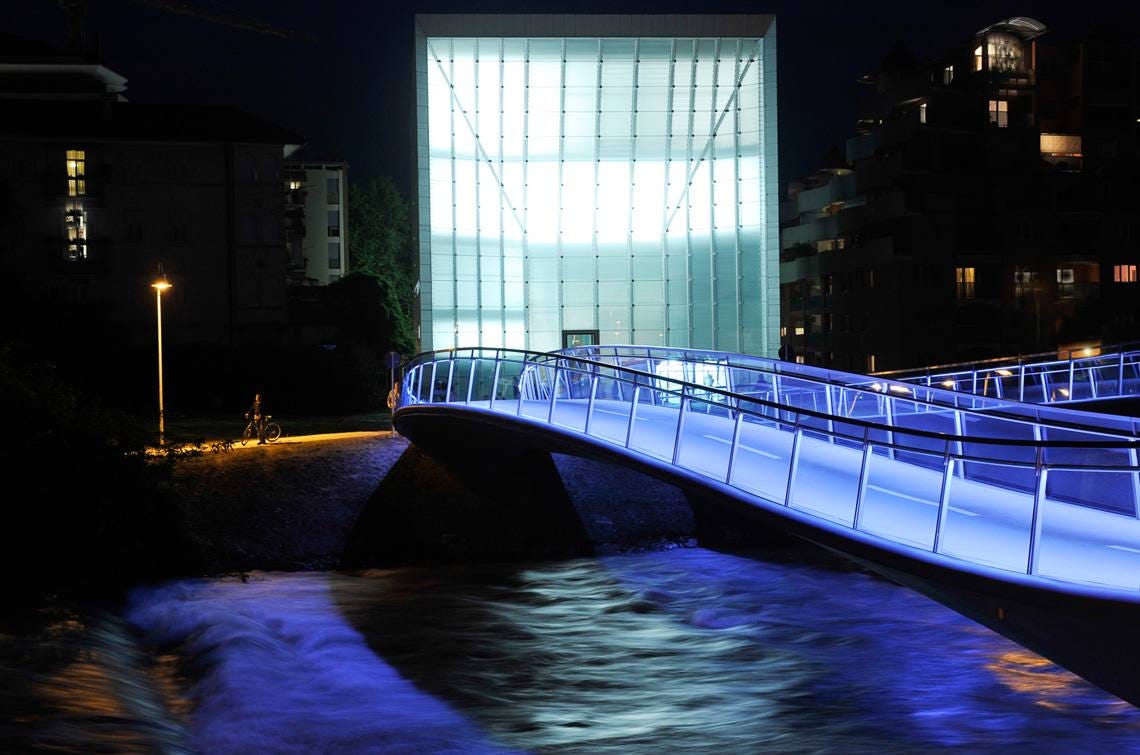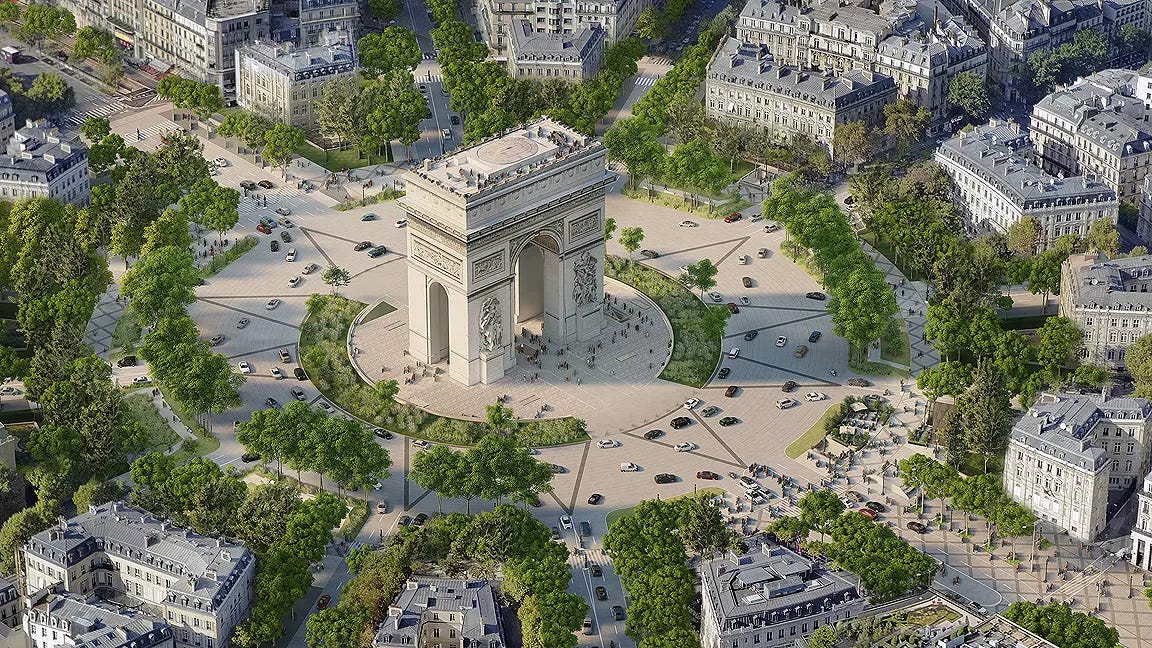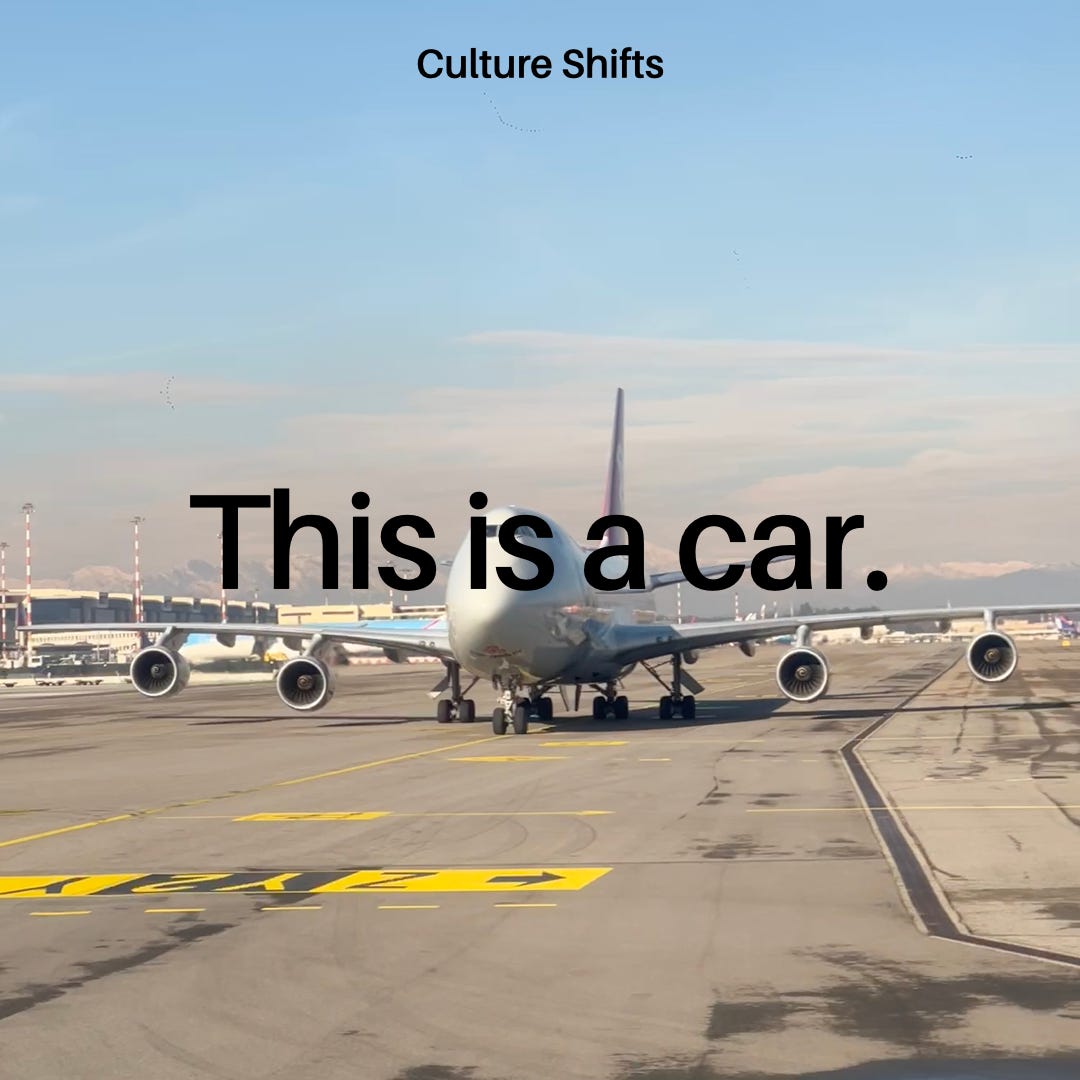Rethinking Solutions
Have you ever wondered how we could approach challenges differently? Solutions don’t just appear – they’re built from the ground up, requiring fresh perspectives, smart ideas, and the courage to think differently. In a world shaped by complexity – climate change, social inequality, political and rapid technological shifts – solutions demand more than answers. They require reframing narratives, encouraging collaboration, and building partnerships that drive positive impact.
Yet, finding solutions isn’t just about innovation – it’s about seeing challenges clearly and communicating them effectively. Thoughtful communication and strategy are at the heart of any meaningful change, whether it’s reshaping urban spaces, creating ethical supply chains, or building trust among stakeholders.
From City to City
When exploring solutions to today’s challenges, I often find inspiration in places and initiatives I’ve experienced firsthand. Milan, the city I currently live in, for instance, has taught me that even cities with deeply rooted histories, cultures and structures can reinvent themselves when new ideas meet collaboration and beat conservative politics and reactionary mindsets.
Milan’s Urban Transformation
Milan has redefined itself over the past decade, evolving from an industrial city to a hub of sustainability, design, and innovation. Yet, challenges like an over-reliance on cars, the limitations of its public transport system and the need of more green spaces remind us that transformation is an ongoing journey. The transformation of the Porta Nuova district exemplifies how partnerships can spark impactful urban renewal. Once an underused industrial area, Porta Nuova is now home to projects like the Bosco Verticale, a park, restaurants, offices and shops combining architecture with environmental sustainability.
A similar approach – ok you can call it gentrification – is shaping the Scalo Porta Romana district, where Fondazione Prada laid the groundwork for transformation a decade ago. As the first cultural institution in the area, it brought new life to the southern part of the city. Now, the district is being further reimagined with the Olympic Village for the 2026 Winter Games, a central park, restaurants and new urban spaces for living and working – 100 percent car free. These projects reflect Milan’s ability to use culture and design as catalysts for sustainable development.

Milan’s Scalo Porta Romana Masterplan ©Prada Group
What made these transformations possible is collaboration between architects, city planners, and private investors, united by a narrative positioning Milan as a leader in green urbanism.
Museion: A Cultural Platform
During a recent visit to Museion in Bolzano, I found myself reflecting on how cultural institutions are transforming to meet societal challenges. Originally a modern art museum, Museion has evolved into a dynamic cultural platform under the leadership of director Bart van der Heide. The institution engages with challenges like climate change, identity politics and inequality through contemporary art and collaborative initiatives.
Museion’s programs – ranging from interdisciplinary talks to community-driven projects – go beyond exhibitions, fostering partnerships with local and international artists, cultural organisations, and academic institutions. This transformation highlights the power of cultural institutions to shape narratives and actively contribute to addressing global challenges. This raises the question of what role art could play in solving today’s challenges and what solutions it can give us.

The Museion in Bolzano
The 15-Minute City Solution
Paris provides another inspiring example of collaborative urban transformation. Led by Mayor Anne Hidalgo and scientist Carlos Moreno, the city has adopted the 15-minute city concept, where residents can access essential services – schools, healthcare, shops, and green spaces – within a short walk or bike ride. Policies such as pedestrianising major streets, expanding bike lanes, and greening public spaces reflect a cultural shift toward prioritising sustainability and community well-being.
This vision required not just policy but a powerful narrative to build trust and inspire buy-in from citizens. Through clear communication and collaboration with urban planners, businesses, and the residents feedback, Paris’s transformation proves that cities can adapt to modern needs without losing their identity. Today in Paris more people use bikes than cars to commute – and you still can get a pain au chocolat and see the Eiffel Tower, don’t you? If your city embraced these ideas, how do you think it would change your daily life?

Aerial view of the future of Arc de Triomphe. ©PCA-STREAM
Why Good Solutions Begin with the Right Questions
These examples of transformation – from urban renewal to cultural reinvention – share a common denominator: they began with a clear understanding of the problem and its context. But this clarity is often overlooked. One of the biggest barriers to effective problem-solving is the tendency to jump straight into action. According to recent research in the renowned Harvard Business Review (HBR), companies and institutions often devote too little time to understanding the problem before attempting to solve it. This rush to act limits their ability to design innovative solutions.
“The significant problems we face cannot be solved at the same level of thinking we were at when we created them.” Albert Einstein

Before you get to the top, you have to start at the bottom.
Effective problem-framing is essential. It involves looking at challenges from multiple perspectives – like adjusting the angle, aperture, and focus of a camera lens (Not your smartphone’s one obviously). A wide-angle view might reveal broader systemic issues, while a portrait lens focuses on root causes. By exploring these distinct “frames,” organisations can uncover new insights and generate more innovative ideas.
The HBR framework introduces five phases to approach problem-framing:
- Expand: Identify all aspects of the problem.
- Examine: Delve into root causes.
- Empathise: Understand key stakeholders’ perspectives.
- Elevate: Consider the problem in a broader context.
- Envision: Map out a path toward the desired outcome.
This structured approach reminds us that solutions don’t come from quick fixes – they emerge from asking the right questions and engaging diverse perspectives.
Communication: Building Understanding in an Age of Misinformation
Not only across the given examples one common thread emerges: solutions must resonate with the people they affect. Communication is the bridge between a solution and its stakeholders, ensuring clarity, alignment, and engagement. But in an era of misinformation, fake news, autocracies and declining trust in institutions, fact-based communication is more critical than ever. Narratives must be transparent, inclusive, and forward-thinking to build trust and inspire action. Success hinges on compelling, credible stories. Yet, in parts of the world, success now depends on the opposite kind of narrative – forcing us to reflect on the growing divide in communication ethics and to question what is really being communicated (online and offline)!

Strategy: Turning Vision into Action
If communication builds understanding, strategy ensures execution. A well-crafted strategy aligns resources, people, and goals to turn ambitious ideas into tangible realities. The projects and examples I mentioned are only a few happening and underscore the importance of strategic foresight in driving lasting impact. By framing the right narrative through clear communication, these initiatives exemplify how strategy transforms ideas into solutions.
Of course, solutions don’t happen in a vacuum – they require looking ahead and anticipating emerging trends. This is where thinkers like the Dutch historian Rutger Bregman and institutions like the UN offer critical insights. Bregman’s work on systemic change, such as universal basic income, reminds us that bold ideas—when clearly communicated – can shift public opinion and spark policy change.
Similarly, the UNDP’s Signals Spotlight 2024 provides a powerful lens for exploring how visionary, collaborative approaches can drive global progress. By identifying trends like green energy or decentralised decision-making, it highlights the opportunities waiting to be transformed into solutions.
Looking Ahead
As we navigate an increasingly complex world, one thing becomes clear: solutions aren’t just about fixing problems – they’re about imagining possibilities. In 2025, Culture Shifts is dedicating its podcast season to “Solutions.” This series will spotlight individuals, businesses, and communities tackling today’s challenges with creativity and impact. From sustainable innovations to systemic shifts, each episode will explore stories of ingenuity and progress.
Join us as we discover what it takes to turn challenges into opportunities – and solutions into lasting change. And get in touch if you have any feedback or ideas, if you want to be a guest on our podcast – or if you need advice on finding the right solutions-based strategy.
This article is taken from our Substack newsletter. You can subscribe to it here.